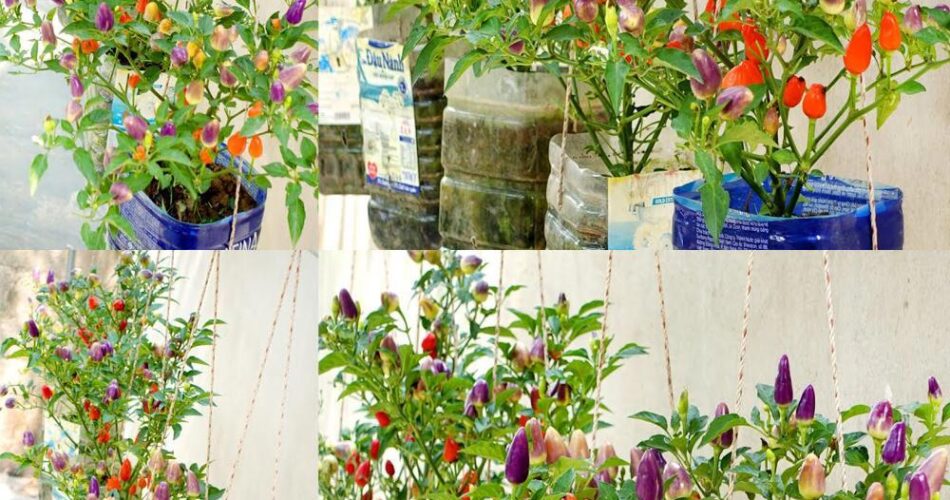Introduction
Chili is an easy to grow plant at home, offering a wide variety of flavours and spice. Whether you are novice in gardening or already have a green hand, chili cultivation is a rewarding activity that will allow you to harvest your own peppers to season your dishes.
Variety selection
There are many varieties of chili available, ranging from sweet to very spicy. For beginners, it is recommended to start with softer varieties such as Jalapeño, Piment d Whilst Espelette or Piment Banana. Make sure you choose varieties adapted to your climate and the duration of your growing season.
Plantation
Choose a sunny location to plant your chilis, as they need a lot of light to grow. Prepare the soil by fertilizing and decompacting it before seeding or planting chili plants.
Care
- Water your chili plants regularly, but be careful not to flood them too much. Moderate watering is sufficient to keep the soil moist.
- Eliminate weeds around your chili plants to avoid nutrient competition.
- Bring balanced fertilizer to promote fruit growth and production.
- Tutor your chili plants if necessary to support them and avoid them lying under the weight of the fruit.
Harvest
Chili can be harvested at different stages of maturity, depending on your taste and spice preferences. It is preferable to use gloves when harvesting to avoid direct contact with peppers. You can eat them fresh or dry them to keep them longer.
Kitchen uses
Chilis can be used fresh, dried, or powdered to flavour a variety of dishes. Whether you add them to Mexican, Indian, or Asian dishes, chilis bring a unique flavor and a characteristic quill.
Conclusion
By cultivating your own chilis at home, you can enjoy authentic and personalized flavors in your dishes. Get into the adventure of chili culture, and discover the pleasure of collecting your own tasty and fragrant peppers!
